


When it comes to making pasta, sometimes it’s about throwing a noodle against a wall and seeing if it sticks — literally. Many amateur cooks are practically clueless when it comes to perfecting the art of making the classic Italian dish, accepting pasta-making myths as facts and ruining the crave-worthy carb in the process.
The bucatini blasphemy stops here. We’ve recruited Filippo De Marchi, chef at NH Collection Venezia Murano Villa‘s De Majo Restaurant & Terrace, to lend us his culinary expertise and put an end to the mush that often passes as macaroni.
“Cooking pasta isn’t difficult at all. It’s all about timing and the right water-to-pasta ratio,” he says. “Don’t fall into the trap of believing in myths. Just trust your instincts and follow the simple instructions.”
So we’ve rounded up nine of the most popular pasta-making myths we could find and implored De Marchi to either support or debunk each one.
Myth #1: Throwing pasta against a wall to see if it sticks will prove it’s done
Answer: FALSE
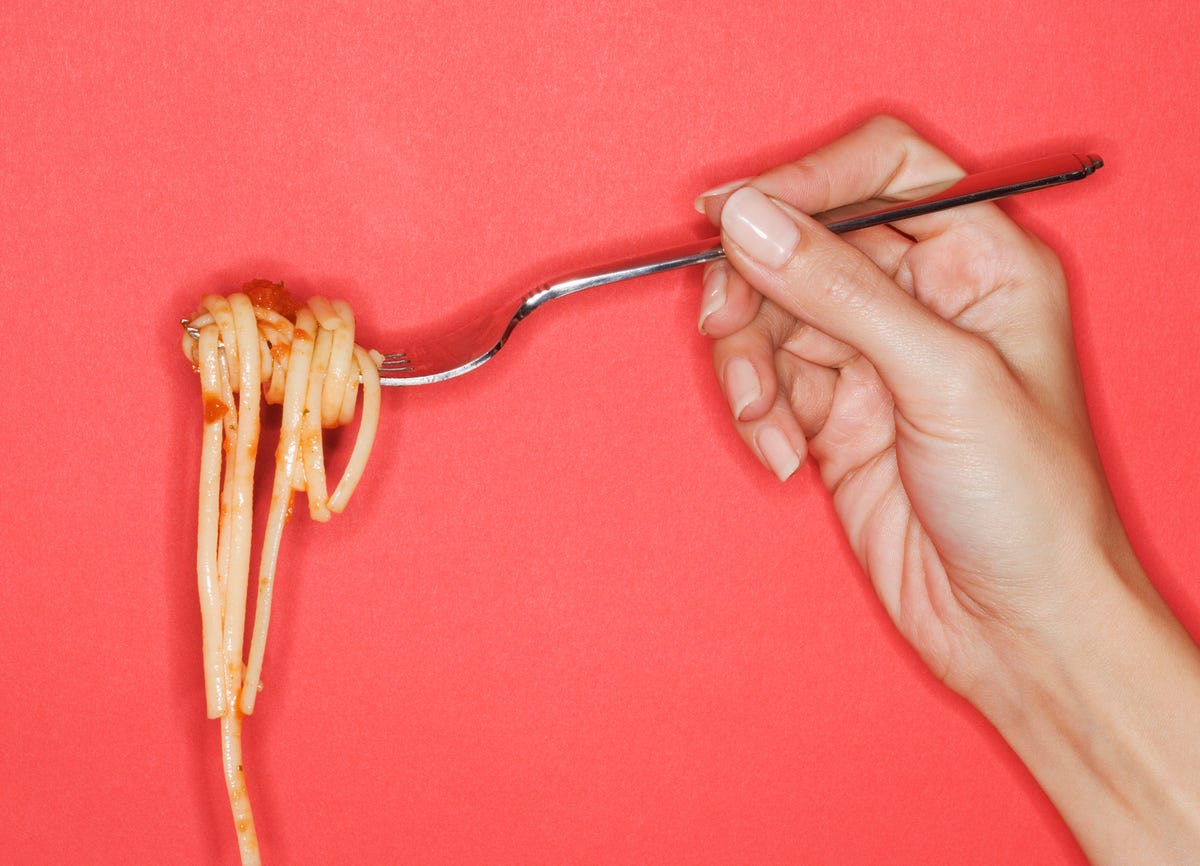
“This isn’t the best way to check for doneness,” argues De Marchi. “The texture of the pasta can change when it hits the wall, and it doesn’t give an accurate indication of whether it’s properly cooked.”
Instead, it’s more accurate to scoop out a single strand and taste it. You’ll then be able to tell if it’s achieved that perfect al dente texture.
Myth #2: Adding olive oil to pasta water will keep noodles from sticking
Answer: FALSE
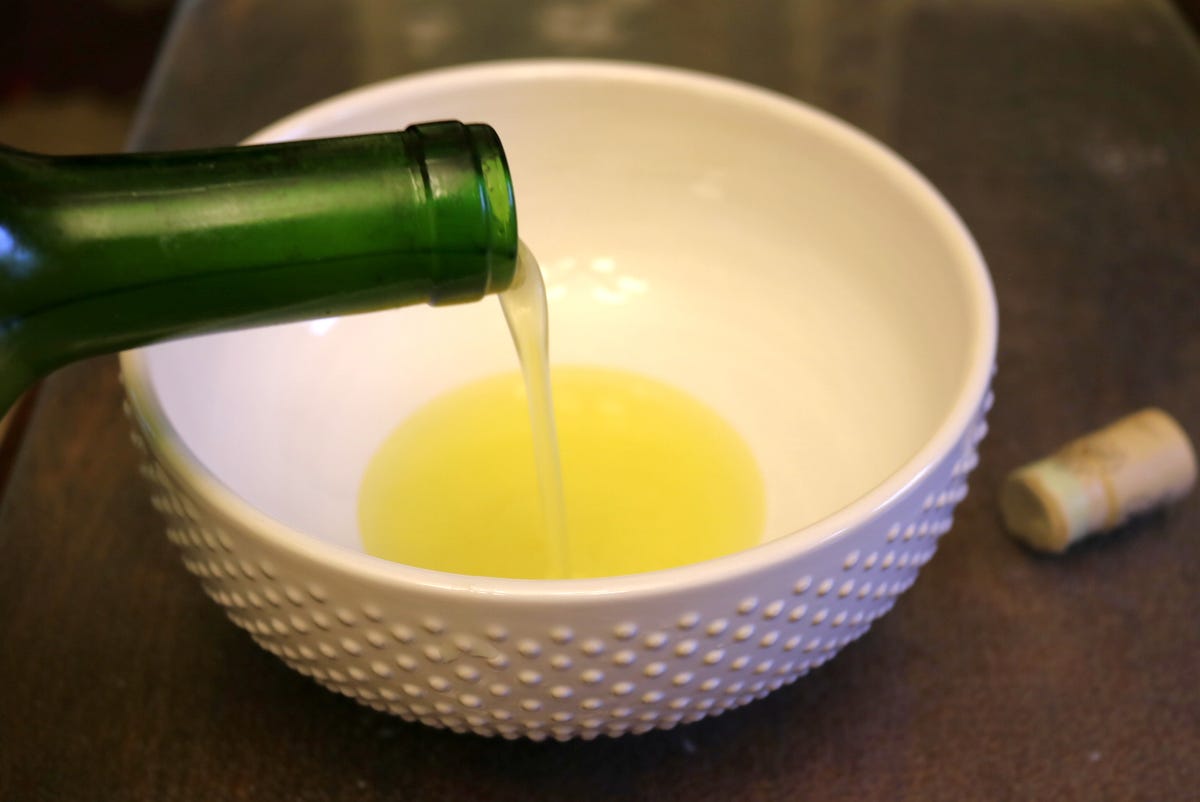
Olive oil in your water isn’t the best fix for sticky pasta.
Olive oil is a necessary addition to most pasta dishes, but save it for the plate.
“The oil just floats on top of the water and doesn’t coat the pasta effectively,” says De Marchi. “The best way to prevent sticking is to use plenty of water, stir the pasta regularly during the first few minutes of cooking and make sure to use the right size pot for the amount of pasta you’re cooking.
“This way, the pasta has enough space to move around and cook evenly,” he adds.
Myth #3. Fresh pasta is always better than dry pasta
Answer: FALSE
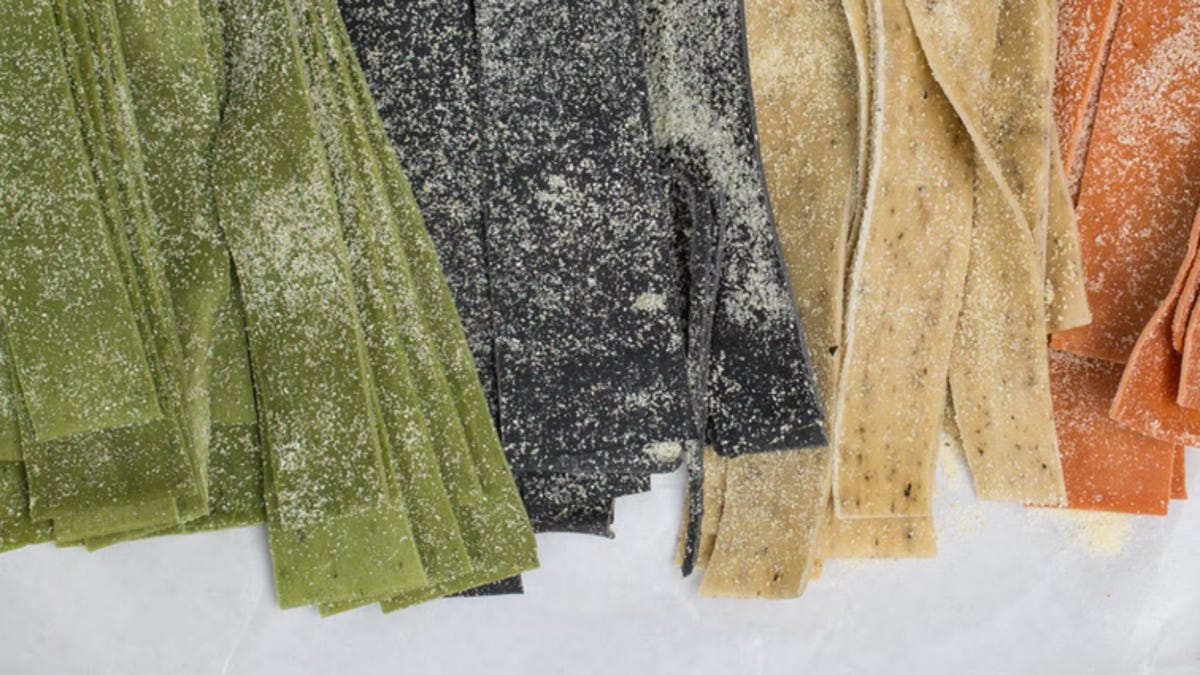
Fresh pasta has good PR but some dried pasta is just as tasty.
It’s all about personal preference. Fresh, dry, frozen — chefs aren’t here to dictate what your taste buds like and don’t like.
“Fresh pasta has a softer texture and cooks quickly, making it perfect for delicate sauces,” says chef. “On the other hand, dry pasta has a firmer texture and holds up well with hearty or thicker sauces.”
De Marchi also compares it to choosing between two great actors for a movie role. “The choice depends on the character they’re portraying,” he says, “just like the choice between fresh and dry pasta depends on the dish you’re making.”
Myth #4: You should leave the lid off of the pot while the pasta is cooking
Answer: TRUE
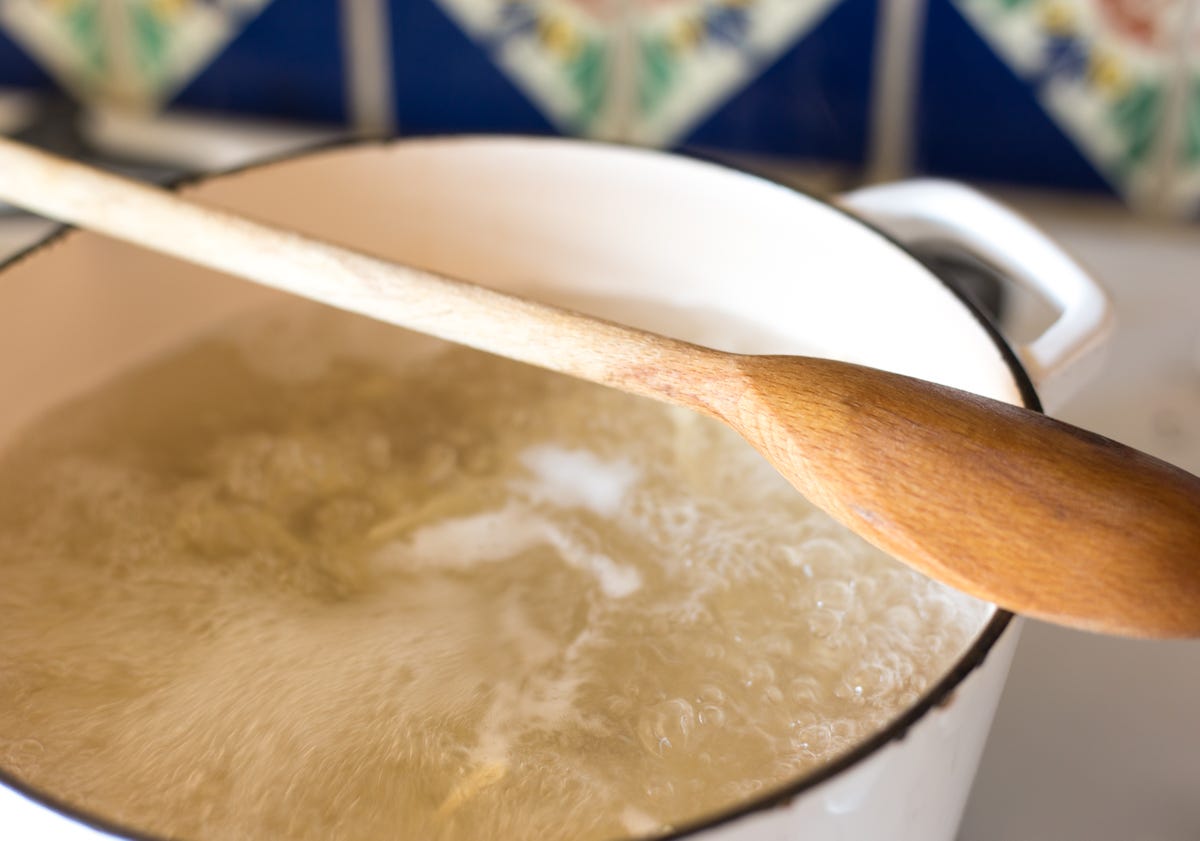
Stopping your pot from boiling over can be as easy as putting a wooden spoon across the top.
“Leaving the lid off the pot while the pasta is cooking is the way to go,” advises De Marchi. “This prevents the water from boiling over and helps control the cooking process. Plus, it allows the steam to escape, which helps prevent the water from foaming up and making a starchy mess.”
As recommended, be sure to also pick an appropriately sized pot so that your pasta cooks evenly.
Myth #5. Pasta should always be served al dente
Answer: TRUE
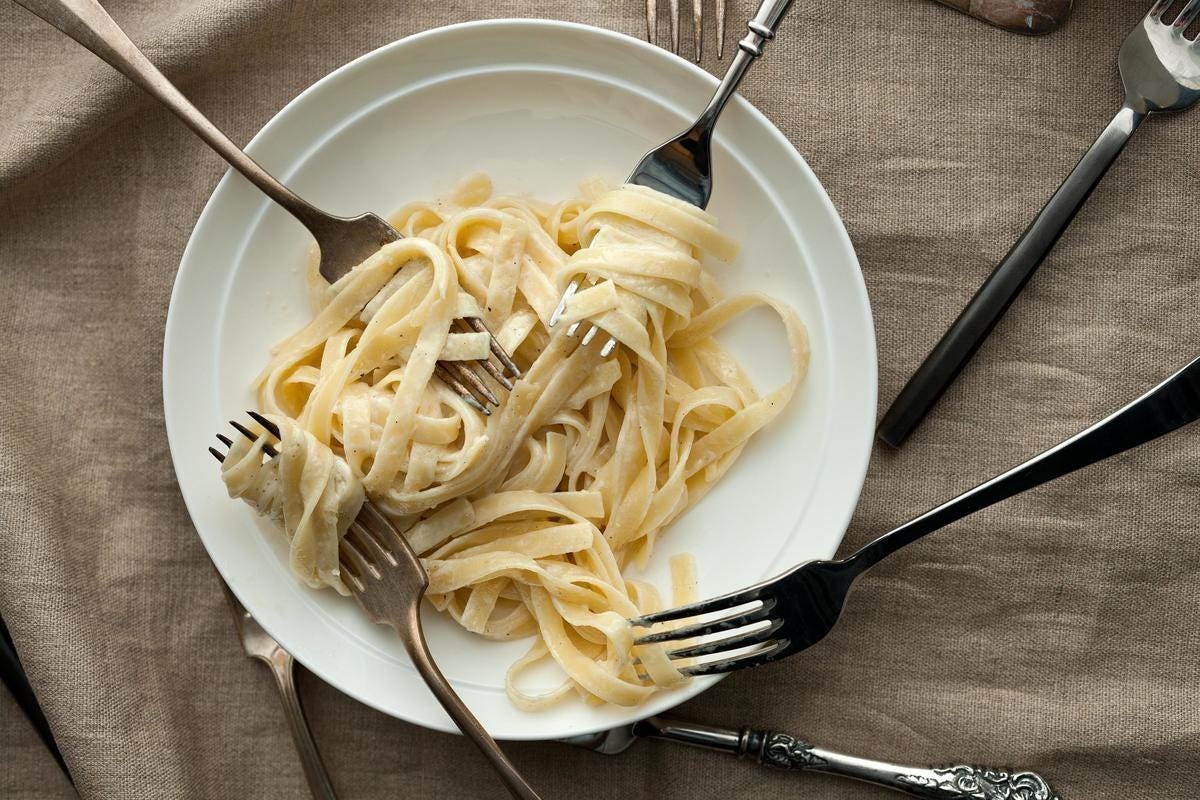
Cooking “al dente” is one pasta rule to always follow.
Go al dente or go home, at least according to most Italian chefs.
“Serving pasta al dente, which means ‘to the tooth’ in Italian, is the way to go. It’s that perfect balance between being cooked through while still retaining a slight firmness,” says De Marchi. “Overcooked pasta can be a real downer to a dish, so aiming for that al dente texture ensures your pasta will be just right.”
The easiest way to ensure an al dente outcome, every time, is to follow the cooking instructions on the back of the box, starting with the lowest number in the range of proposed minutes. This will give you enough time to run a taste test and determine if it needs to be cooked a little bit longer.
Myth #6: Adding salt helps to speed up the boiling process
Answer: FALSE
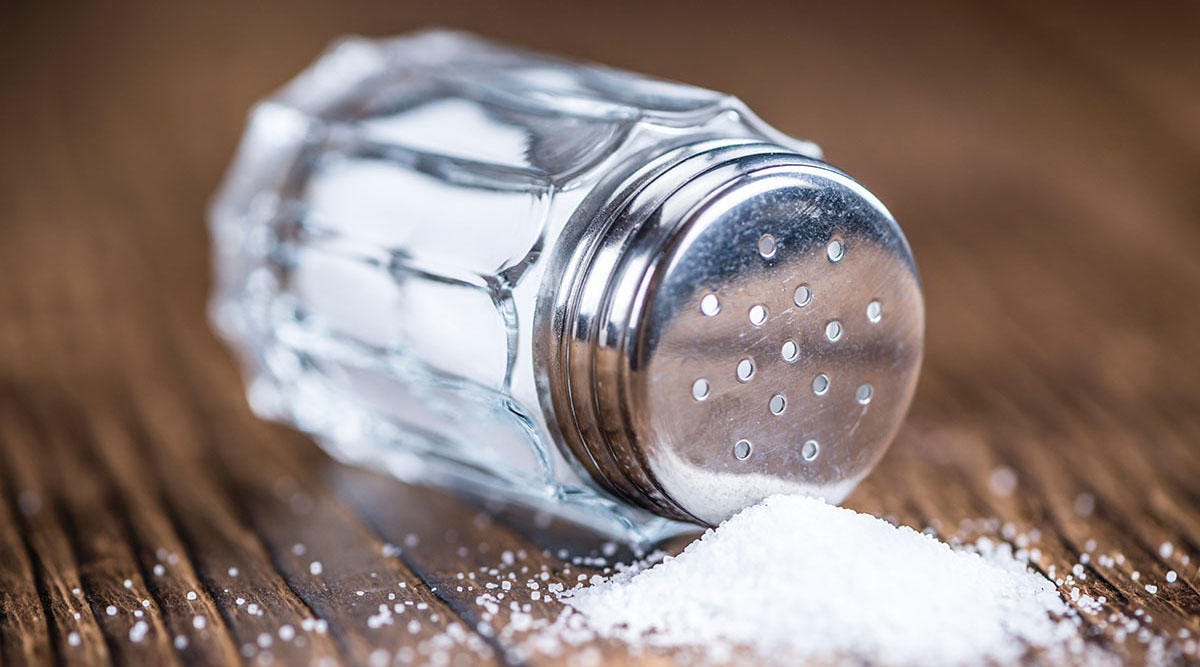
Salt won’t get your pasta water boiling any faster.
Salt plays an important role in boiling water, but not when it comes to heat. Instead, it is essential to add salt so that the pasta can absorb its flavor.
“If you’re cooking without enough salt, the pasta can end up tasting a bit bland,” warns De Marchi, whose signature dish at NHC Murano Villa is a spaghetti alle vongole. The seafood dish, which hails from the region of ocean-adjacent Venice, is a combination of vongole (typically clams, garlic, white wine, and chili flakes), sea asparagus and lemon zest.
Myth #7. Drain pasta until it is completely dry
Answer: FALSE
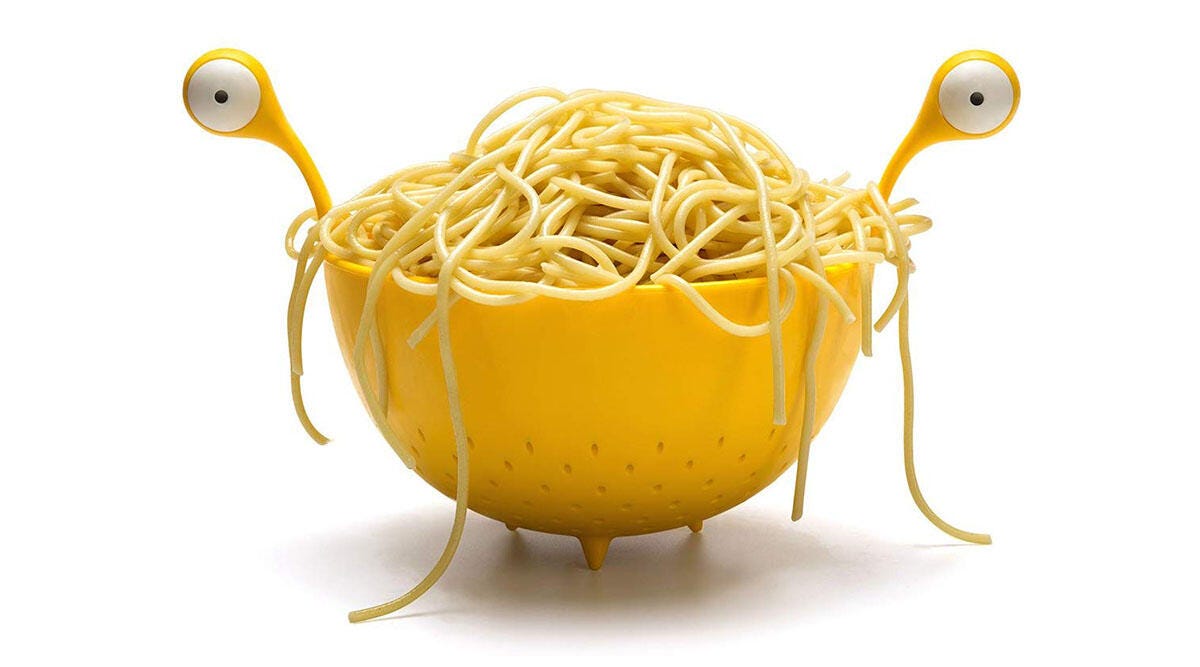
Some pasta water will help the sauce adhere.
There is a reason why salted pasta water is held in such high regard. Not only does it contain a delicious brine to enhance sauces, but it also helps the sauce adhere to the pasta itself.
“This creates a more cohesive and flavorful dish,” argues De Marchi. “A little moisture can go a long way in making your pasta dish extra tasty.”
Myth #8. You should run cooked pasta under fresh water before serving
Answer: FALSE

Running your pasta under water removes much of the starchy goodness.
If you want to subject yourself to a potential injury via a rolling pin or wooden spoon by Nonna, run your cooked pasta under fresh water.
“This can remove the [aforementioned] starchy coating that helps the sauce adhere to the pasta,” says de Marchi. “The residual heat from the pasta [actually] helps the sauce to marry with the pasta, creating a more flavorful and cohesive dish.
“Think of it like a beautiful marriage — you want the sauce and the pasta to come together and live happily ever after, not to undergo a cold shower right before serving.”
Myth #9. You should pre-cook sheets of lasagna
Answer: FALSE
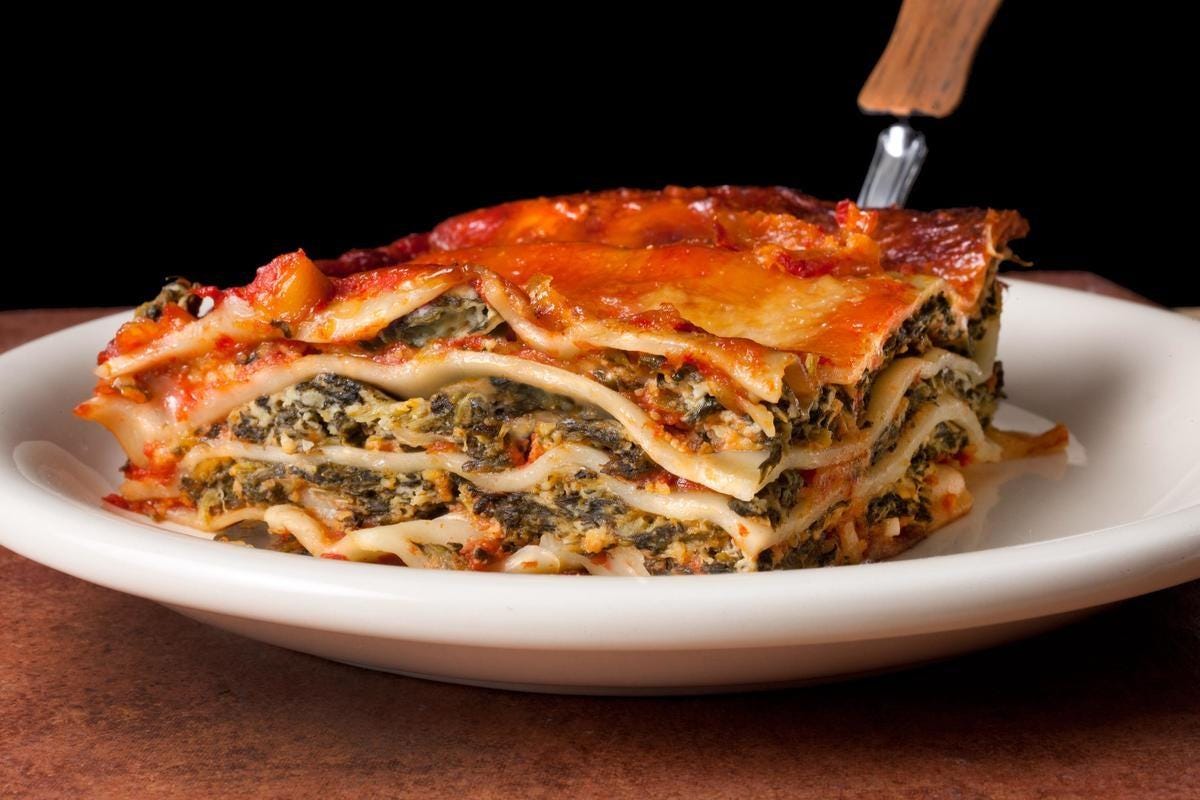
Not all lasagna recipes require precooked noodles.
“Pre-cooking lasagna sheets isn’t always necessary, especially if you’re using a sauce with plenty of moisture,” he says. “In fact, many lasagna recipes call for using the sheets directly without pre-cooking, allowing them to absorb liquid from the sauce and cook during the baking process.”
Set it, forget it, and let the magic happen in the oven. Pasta is not something to overthink or stress over. It’s simple preparation makes it all the more enjoyable.
